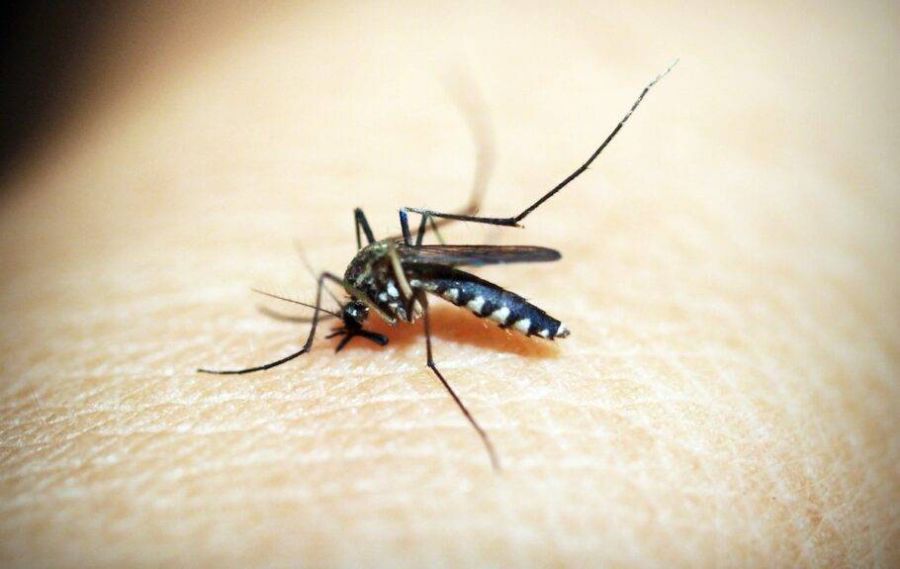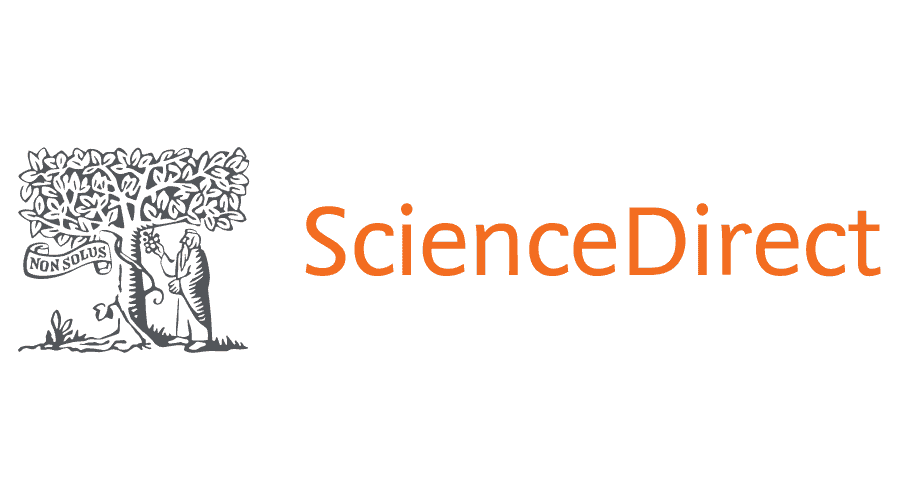A species-independent lateral flow microarray immunoassay to detect WNV and USUV NS1-specific antibodies in serum

This publication is part of the project ‘Preparing for vector-borne virus outbreaks in a changing world: a One Health Approach’ (NWA.1160.1S.210) which is (partly) financed by the Dutch Research Council (NWO).

Authors: Bijan Godarzi, Felicity Chandler, Anne van der Linden, Reina S. Sikkema, Erwin de Bruin, Edwin Veldhuizen, Aart van Amerongen, Andrea Gröne.
Highlights
- In this study, a species-independent lateral flow microarray immunoassay (LMIA) was developed and tested.
- LMIA capture and detection antigen concentrations were optimized prior to testing of larger serum panel.
- The LMIA distinguished between WNV NS1 and USUV NS1-specific antibodies in sera of four species.
- For the four species tested, LMIA results were comparable to FRNT90-confirmed results.
Abstract
Arboviruses such as West Nile Virus (WNV) and Usutu Virus (USUV) are emerging pathogens that circulate between mosquitoes and birds, occasionally spilling over into humans and horses. Current serological screening methods require access to a well-equipped laboratory and are not currently available for on-site analysis. As a proof of concept, we propose here a species-independent lateral flow microarray immunoassay (LMIA) able to quickly detect and distinguish between WNV Non-Structural 1 (NS1) and USUV NS1-specific antibodies. A double antigen approach was used to test sera collected from humans, horses, European jackdaws (Corvus monedula), and common blackbirds (Turdus merula). Optimization of the concentration of capture antigen spotted on the LMIA membrane and the amount of detection antigen conjugated to detector particles indicated that maximizing both parameters increased assay sensitivity. Upon screening of a larger serum panel, the optimized LMIA showed significantly higher spot intensity for a homologous binding event. Using a Receiver Operating Characteristics (ROC) curve, WNV NS1 LMIA results in humans, horses, and C. monedulashowed good correlation when compared to “gold standard” WNV FRNT90. The most optimal derived sensitivity and specificity of the WNV NS1 LMIA relative to corresponding WNV FRNT90-confirmed sera were determined to be 96% and 86%, respectively. While further optimization is required, this study demonstrates the feasibility of developing a species-independent LMIA for on-site analysis of WNV, USUV, and other arboviruses. Such a tool would be useful for the on-site screening and monitoring of relevant species in more remote or low-income regions.
Introduction
Arboviruses, viruses that are spread by arthropods such as mosquitoes and ticks, are considered emerging pathogens due their incidence rate continuing to increase in previously unaffected regions [1]. The impact of factors such as climate change and globalization may influence the further dissemination of arboviruses into previously unaffected regions, and it is therefore important to survey these regions for the introduction and dissemination of these arboviruses [2].
West Nile Virus (WNV) and Usutu Virus (USUV) are arboviruses in the Flaviviridae family that circulate between various mosquito and bird species within enzootic cycles, occasionally spilling over into dead-end hosts including humans and horses [[3], [4], [5]]. WNV and USUV were first detected in Europe in 1962 and 2001, respectively, and both have since spread to many other European countries [1,6,7]. In the Netherlands, WNV was first detected in common whitethroat in 2020 and subsequently detected in humans in the same year [8,9]. Similarly, USUV was detected in birds in 2016 and has since also been detected in Dutch blood donors [10,11]. Direct detection of WNV and USUV can be challenging due to a short viraemic phase. It is because of comparatively longer detection windows that serological methods are therefore used to detect arbovirus-specific antibodies and play a crucial role in surveillance [[12], [13], [14]].
Amongst current serological methods used to detect arboviruses-specific antibodies, enzyme linked immunosorbent assays (ELISA) and neutralization tests (NT) are the most common. While ELISAs are relatively rapid and inexpensive, they are generally less specific, and results must be confirmed by a NT such as focus reduction neutralization test (FRNT) [12]. This is particularly important regarding WNV and USUV as both have been shown to co-circulate in parts of Europe and exhibit a high degree of serological cross-reactivity [1].
The high degree of serological cross-reactivity is attributable to WNV and USUV belonging to the same Japanese Encephalitis Virus (JEV) serocomplex, meaning their envelope (E) antigen as well as their non-structural 1 (NS1) antigen share a high amino acid homology. One proposed method to address this issue is to determine if there is a four-fold or greater difference in one or more quantitative serological methods [15]. However, achieving a four-fold serological differentiation between WNV and USUV can still be difficult [3,13,16]. So, while ELISAs are relatively rapid and inexpensive, they are not highly specific. Meanwhile, NTs are highly specific but are time-consuming and require a BSL 2 or 3 facility. For both methods, access to a well-equipped laboratory may not be problematic in wealthier countries, but this can be problematic in lower income and more remote regions.
Lateral flow assays (LFAs) are a well-established method to rapidly analyse samples on-site and do not require a well-equipped laboratory to run. Thus, LFAs have a great advantage in the field or in circumstances without access to well-equipped laboratories. To determine the feasibility of developing a species-independent LFA able to detect and distinguish between WNV NS1 and USUV NS1-specific antibodies, a lateral flow microarray immunoassay (LMIA) utilizing a double antigen approach was developed as a proof of concept. Since there is no species-specific antibody used as either capture or detection antigen, the double antigen approach allows the assay to be species independent. Fitting into a One Health approach, the usefulness of a species-independent serological assay is evident. For example, various avian species act as reservoir hosts for WNV while spill over events can affect dead-end hosts such as humans and horses. To analyse the performance of the proposed LMIA, FRNT90-confirmed sera from multiple species were tested. If successful, the proposed LMIA would be a useful on-site screening tool for the surveillance of WNV and USUV.
Read the whole publication here.